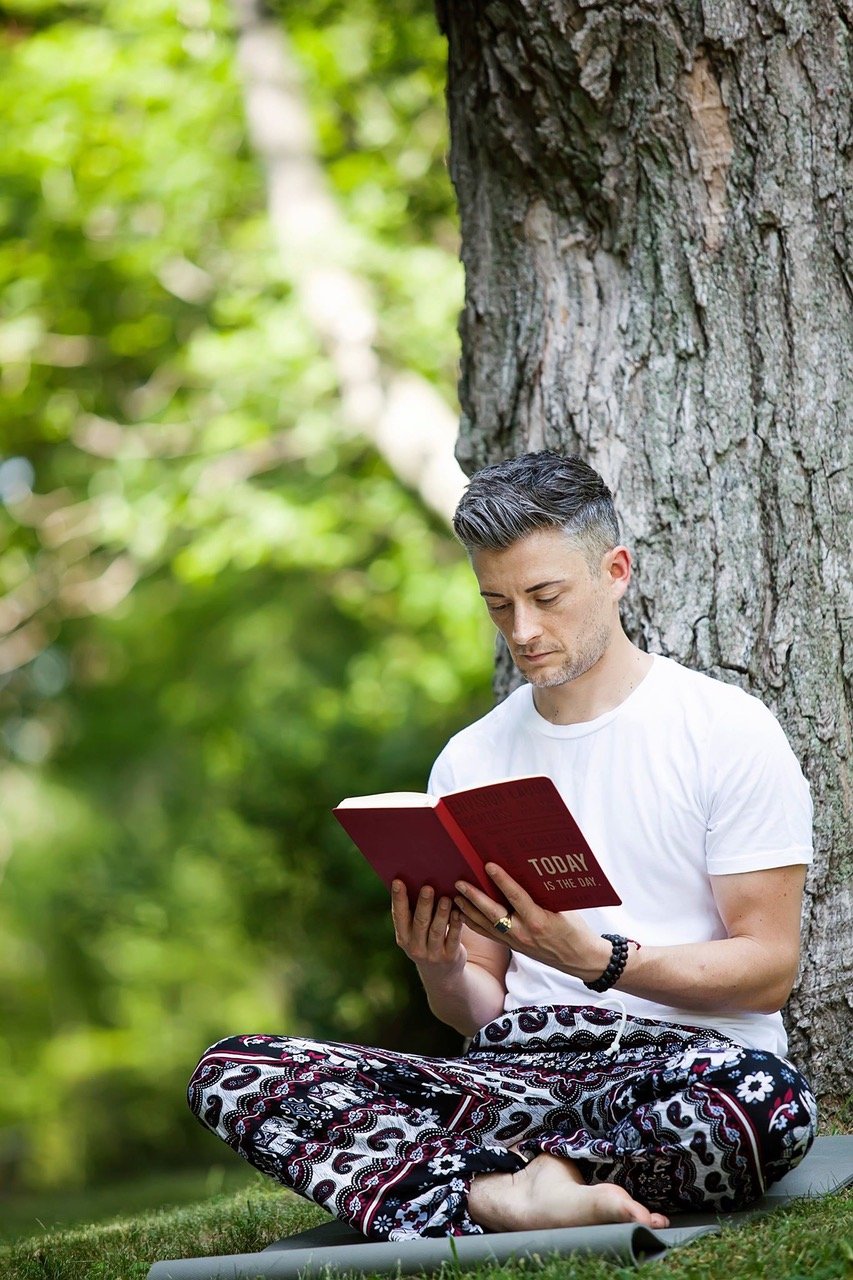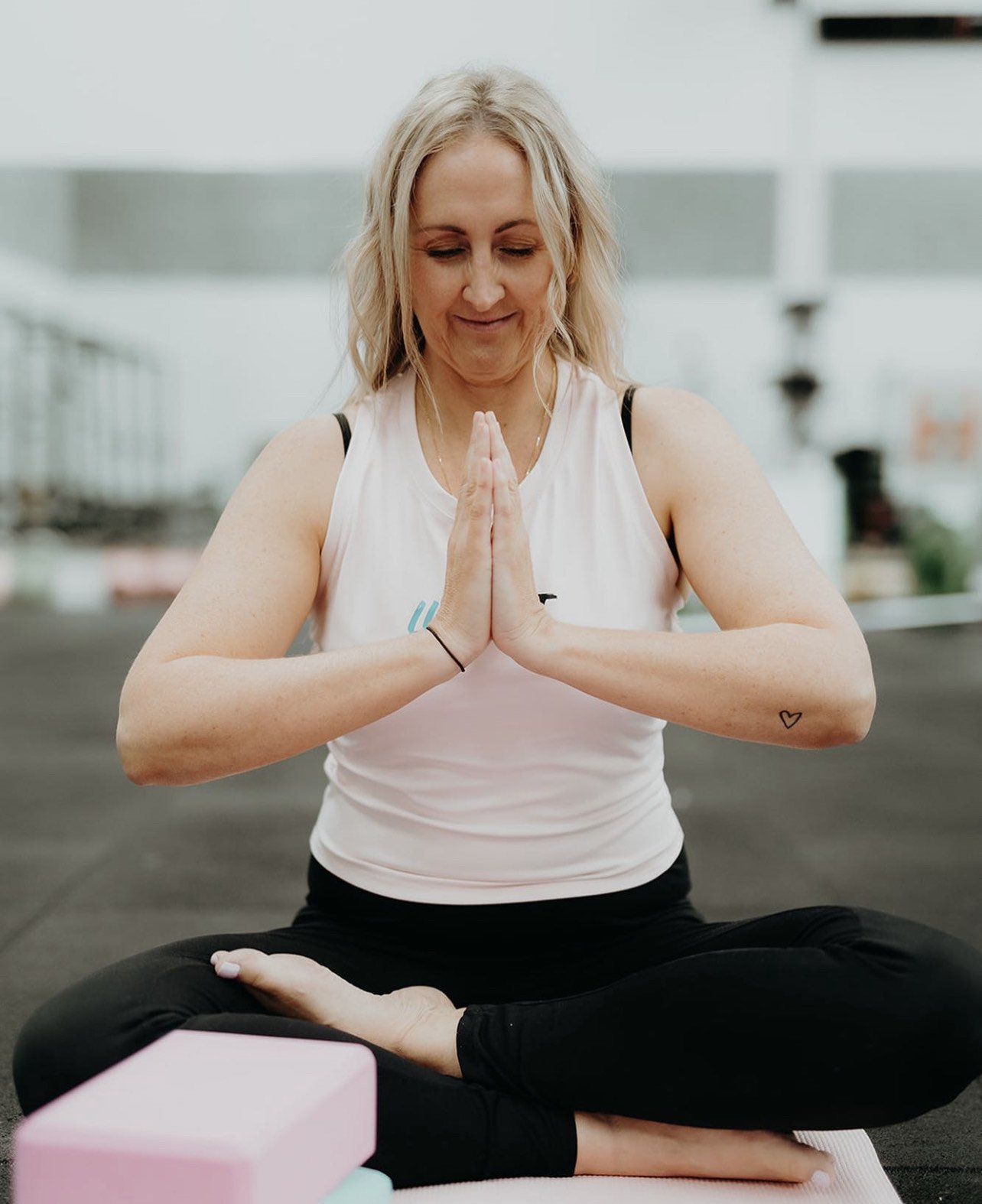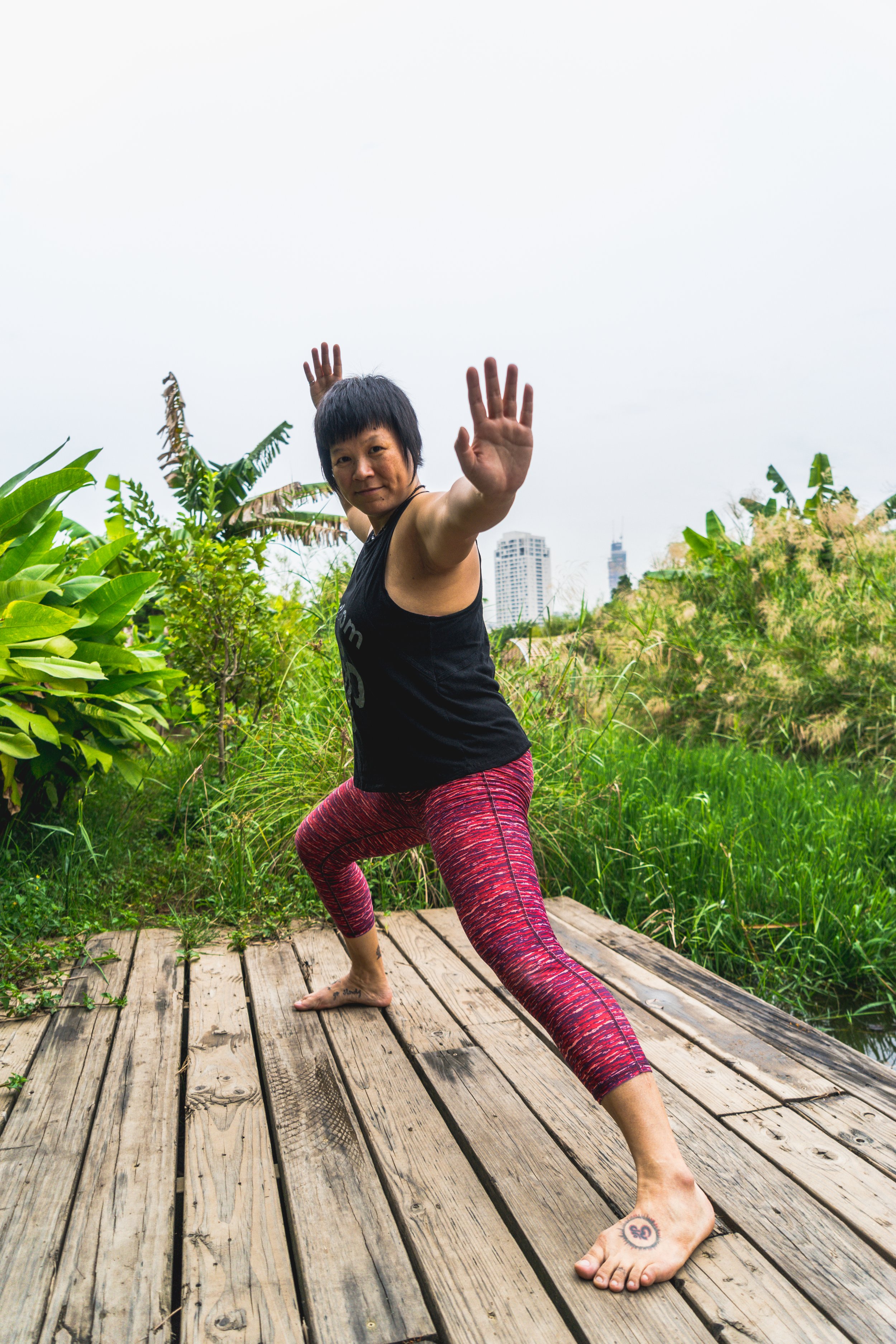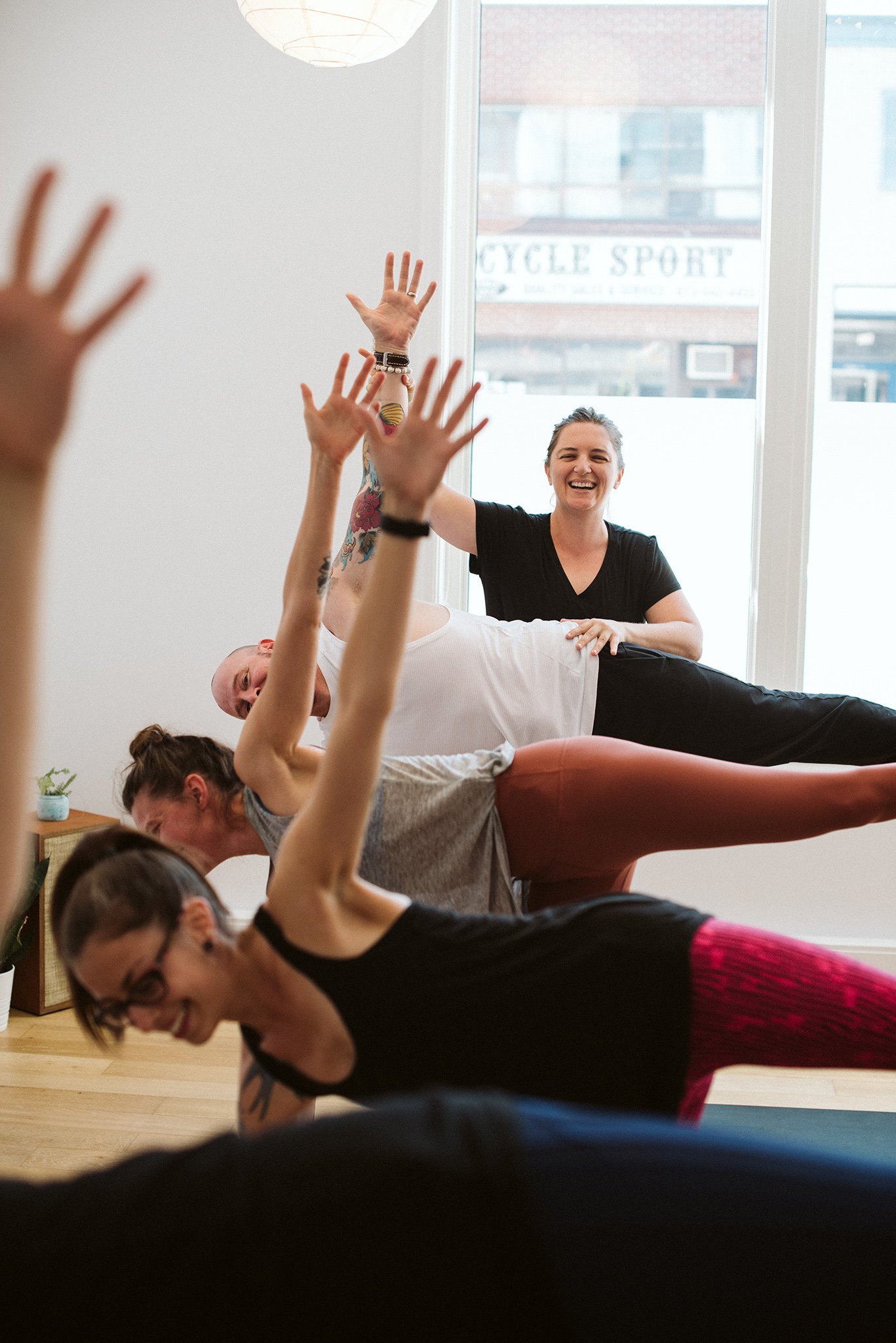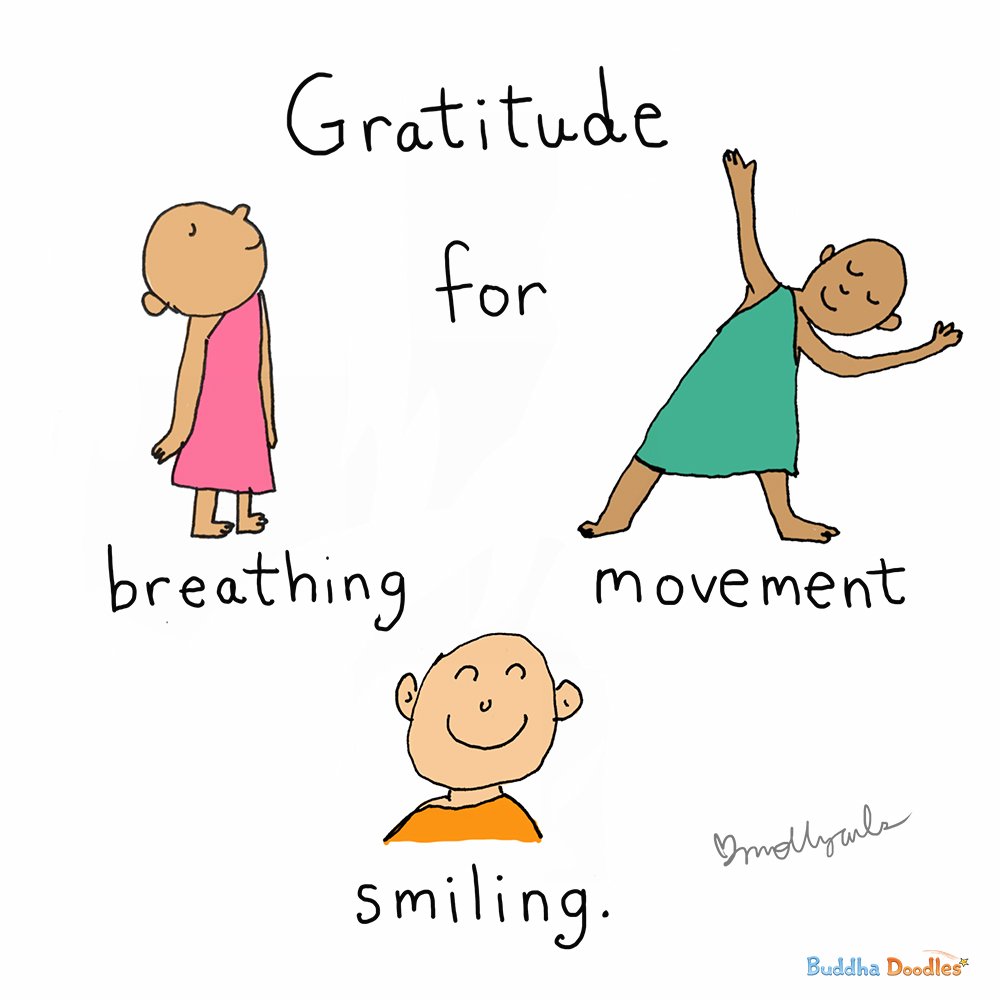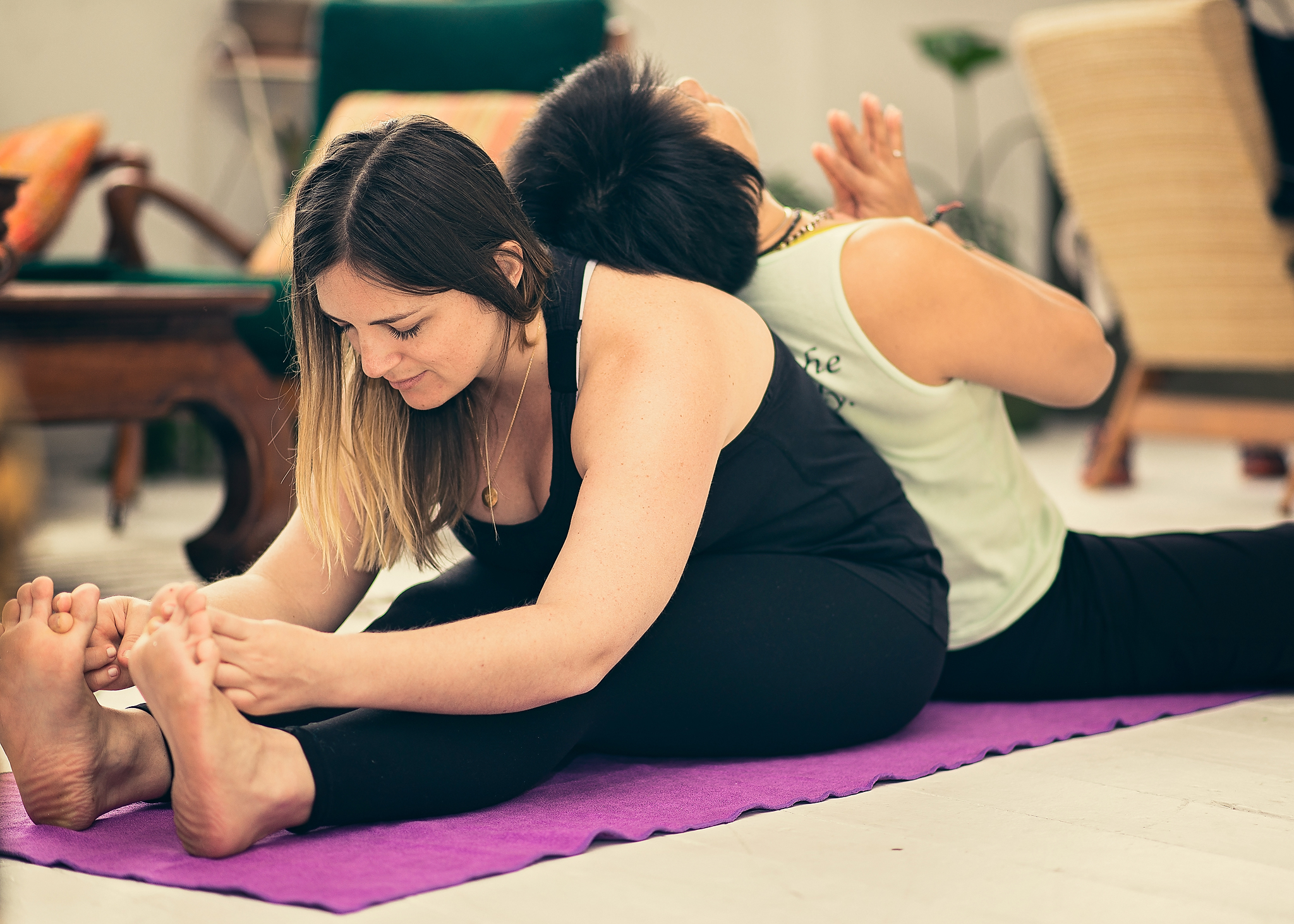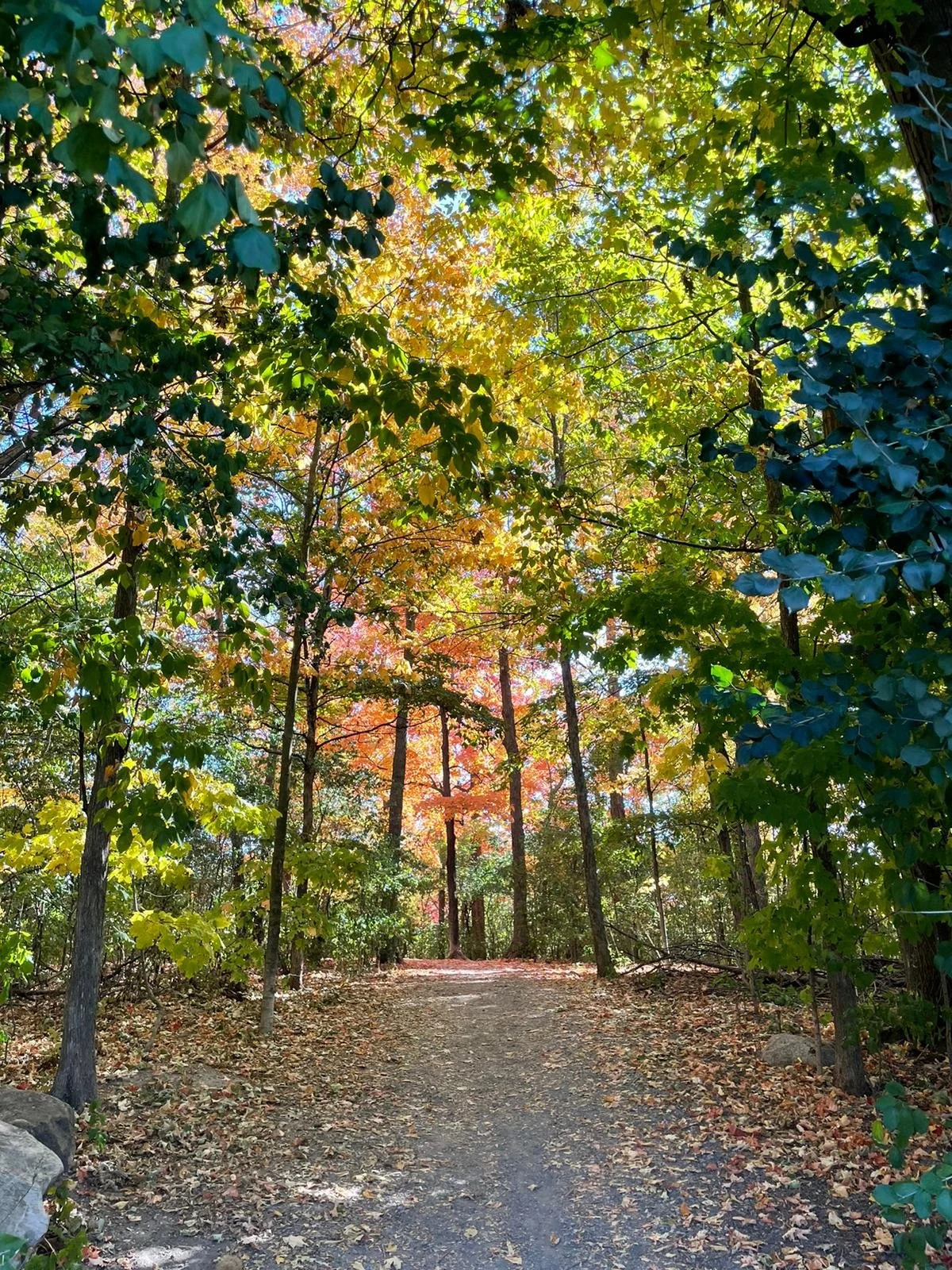Traditional Chinese Medicine (TCM) Recipes for Autumn
/Many of you know that Hang teaches Qi Gong based on TCM applied from her acupressure private practice. Autumn is considered to be a “dry” season, which means we need to nourish our vital yin energy. This dryness may reflect as dry/itchy skin, dry cough, sore throats, sinus congestion, headaches, and constipation.
Here's three wonderful autumn recipes that our family loves. Try them and let us know what you think.
1) BEGINNING OF A COLD REMEDY
For when you think you’re coming down with a cold, this is a remedy that Hang's mom used to make for the family. The spring onions is a new addition from www.chrysalistcm.com
Ingredients:
3 spring onions, white parts only, chopped roughly
2 slices ginger (approx. 20c piece size)
2 sprigs of mint
2 cups of water
Method:
Combine all ingredients in a saucepan and bring to the boil. Continue boiling until the liquid has halved (approx. 10-15 minutes). Discard the herbs, keeping the liquid. Drink as soon as its cool enough, get into bed or rug up on the couch to enhance sweating and help the body sweat the cold out. If you feel damp after sweating, get changed and dry and rest for the remainder of the day.
2) PORRIDGE
Our family loves porridge! Add something new to your porridge to nourish your yin aspects with this delish breakfast recipe. Oats are a warming Qi tonic for the earth centre of our bodies: the Spleen and Stomach. This is especially great for constipation. Adding in tahini, apples, and pears will help nourish and strengthen the yin.
Ingredients:
1 cup oats
2 ½ cups water
Tahini
Apple
Pear
Method:
Oats can be cooked on a stovetop, or you can try soaking the oats overnight before cooking. While cooking, add a bit of tahini (depending on how much you desire), add in small chopped pieces of apple and/or pear. Voila! A simple yin nourishing breakfast
3) SESAME TREATS
What is life without a little sweet treat, eh?
Ingredients:
2 cups sesame seeds
2 tablespoons melted butter
¼ cup of honey
1 tablespoon sesame oil
1 teaspoon vanilla extract
½ teaspoon cinnamon
Method:
Dry roast the sesame seeds until you can smell them, but be careful not to burn them! Grind them as finely as possible, then stir in the other ingredients and press them together. Let the mixture cool and harden. Wet your hands and shape the mixture into little balls, the size of marbles, and they are ready to serve!
Source: https://www.yinovacenter.com/blog/autumn-recipes-to-nourish-your-yin/






